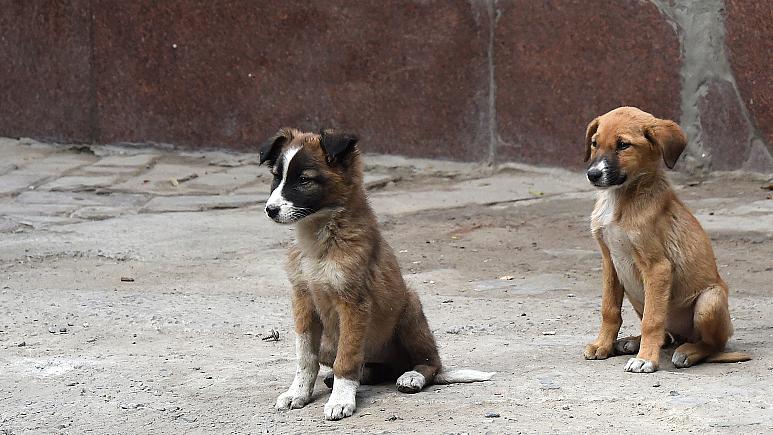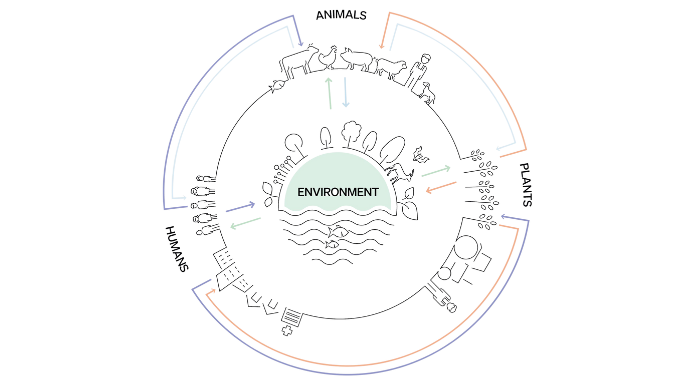
The “One Health” concept is founded on an awareness of the major opportunities that exist to protect public health through policies aimed at preventing and controlling pathogens at the level of animal populations and at the interface between humans, animals and the environment.
The World Organisation for Animal Health (WOAH, founded as OIE) envisages and implements the “One Health” concept as a worldwide collaborative approach to understand risks to human, animal and environmental health as a whole.
Putting the “One Health” vision into practice has been facilitated by a formal alliance among the World Health Organization (WHO), the Food and Agriculture Organization of the United Nations (FAO) and WOAH (the “Tripartite”). In early 2022, the United Nations Environment Programme (UNEP), also formally joined the group after being active in Tripartite work, forming the “Quadripartite”. Rabies, zoonotic influenza viruses (those causing certain types of avian influenza, for instance) and antimicrobial resistance (AMR) have been selected as priorities.
In October 2022, a new One Health Joint Plan of Action was launched by the Quadripartite, creating a framework to integrate systems and capacity to collectively better prevent, predict, detect, and respond to health threats. Ultimately, the initiative seeks to improve the health of humans, animals, plants, and the environment, while contributing to sustainable development.
The purpose of this paper is to provide a brief explanation of the One Health operational framework, including its establishment, main components, road map activities, and key recommendations on how it could be implemented and adapted to each country’s context. Furthermore, we identify systems, mechanisms, and practices to address and respond better to, endemic, emerging, and re-emerging zoonotic diseases in a multisectoral manner.

